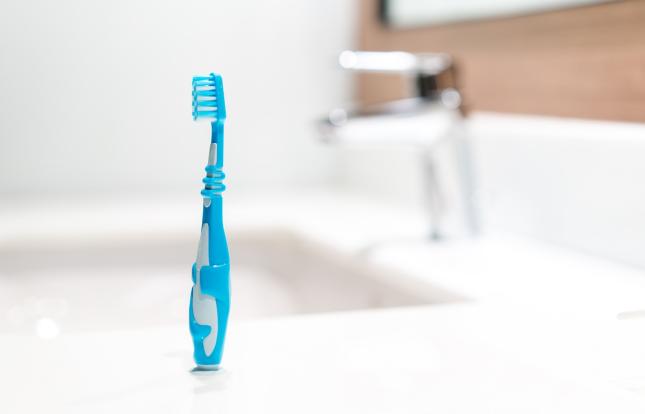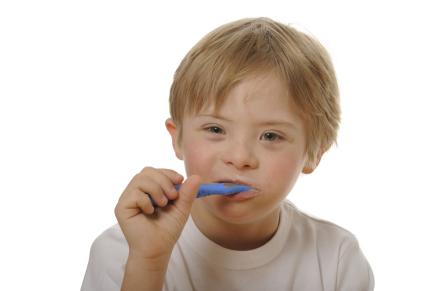Toothbrushing with a fluoride toothpaste is important for good oral hygiene, plaque removal, keeping the mouth clean and healthy, and improving a child’s breath and sense of taste. Appropriate cleaning, storage and replacement of toothbrushes are also important to prevent spread of disease.
Is toothbrush Contamination a Potential Healthrisk?
Studies have shown that various microorganisms can grow on toothbrushes after use. Toothbrushes become contaminated with bacteria, blood, saliva, oral debris and toothpaste. Even after being rinsed with tap water, visibly clean toothbrushes can remain contaminated with potentially harmful germs. Contaminated toothbrushes can be a reservoir for the direct transmission of germs as well as a source forintroduction or reintroduction of germs from infected to non-infected tissues.
What are the Sources of Toothbrush Contamination?
- Mouth. Since millions of different types of germs including those responsible for the development of dental caries (S. Mutans) and other diseases are living in the mouth, some of them are transferred to the toothbrush during brushing.
- Environment. Most people store their toothbrushes in the bathroom. Since the bathroom can be the most contaminated room in the house, it may be possible to find some germs from the environment on the brush.
- Toothbrush package. Since toothbrushes are not required to be sold in a sterile (germ-free) package, they may even be packaged with germs on them.
Recommended Toothbrush Care:
- Do not share toothbrushes.
- Wash your hands before and after brushing.
- After brushing, rinse the toothbrush thoroughly with tap water and allow it to air-dry.
- Do not routinely cover toothbrushes or store them in closed containers—a humid environment is more favorable to bacterial growth than the open air.
- Store the toothbrush in an upright position, so water drains away from bristles.
- Replace toothbrushes every 3–4 months or sooner if the bristles appear worn or damaged.
- It is not necessary to soak toothbrushes in disinfecting solutions or mouthwash. This may lead to cross-contamination of brushes if the same solution is used over time or by multiple users.
- It is also unnecessary to use dishwashers, microwaves or ultraviolet devices to disinfect toothbrushes. This may damage the toothbrush.
Talk to Your Child Care Provider
If your child is attending child care, discuss the daily program of oral hygiene with your child care provider. Review their oral health policy and their measures for hygienic toothbrushing in their program.
References and Resources
American Academy of Pediatric Dentistry, Pediatric Dentistry—22:5, 2000. Microbial contamination of toothbrushes and their decontamination.
American Dental Association (ADA) Statement on Toothbrush Care, Cleaning, and Replacement, https://jada.ada.org/action/showPdf?pii=S0002-8177%2814%2960924-7
Australian Dental Journal 1998;43:(2):128-30. The microbial contamination of toothbrushes. A pilot study.







